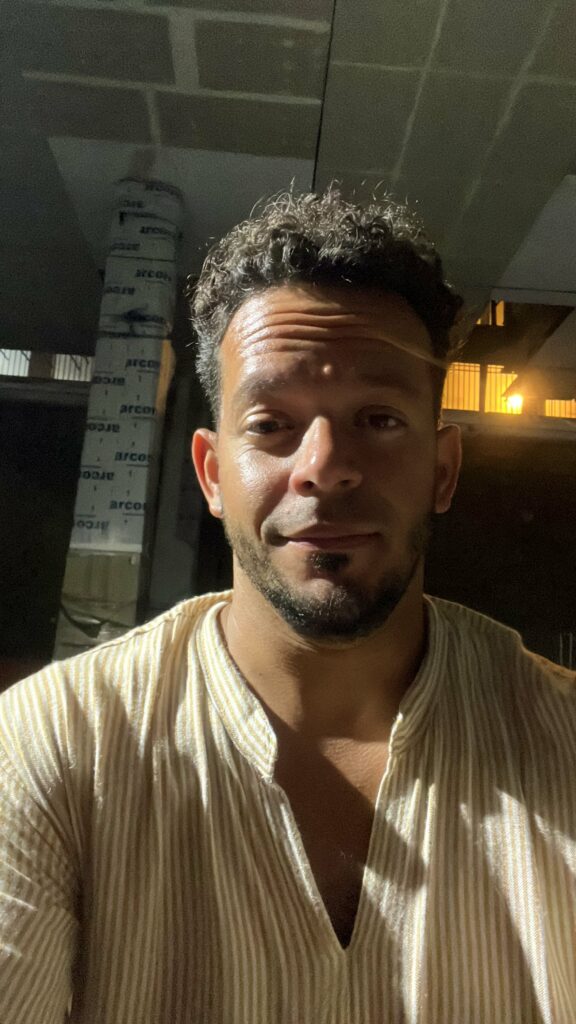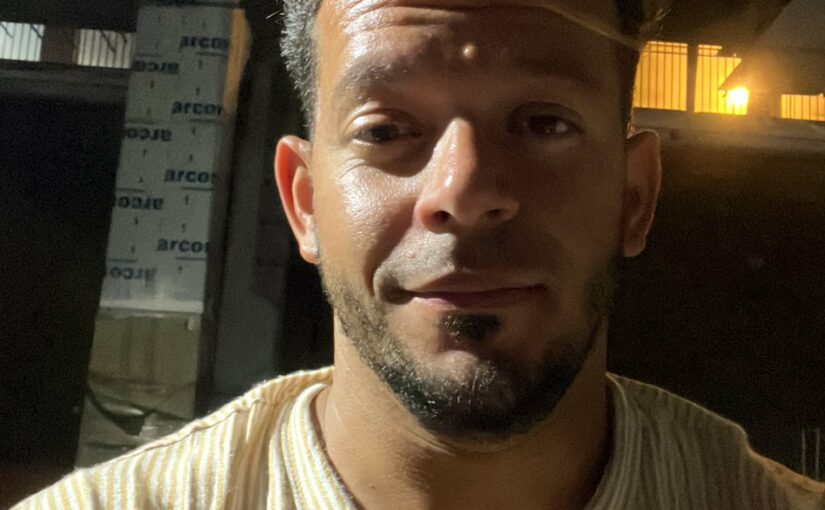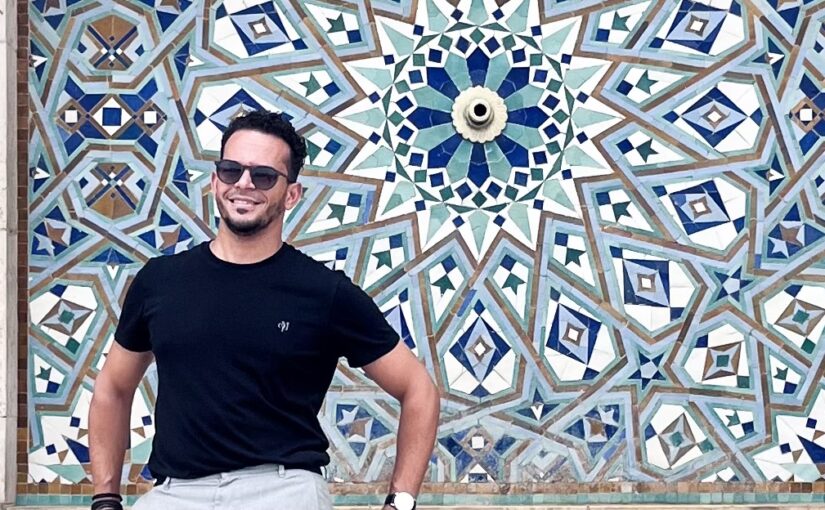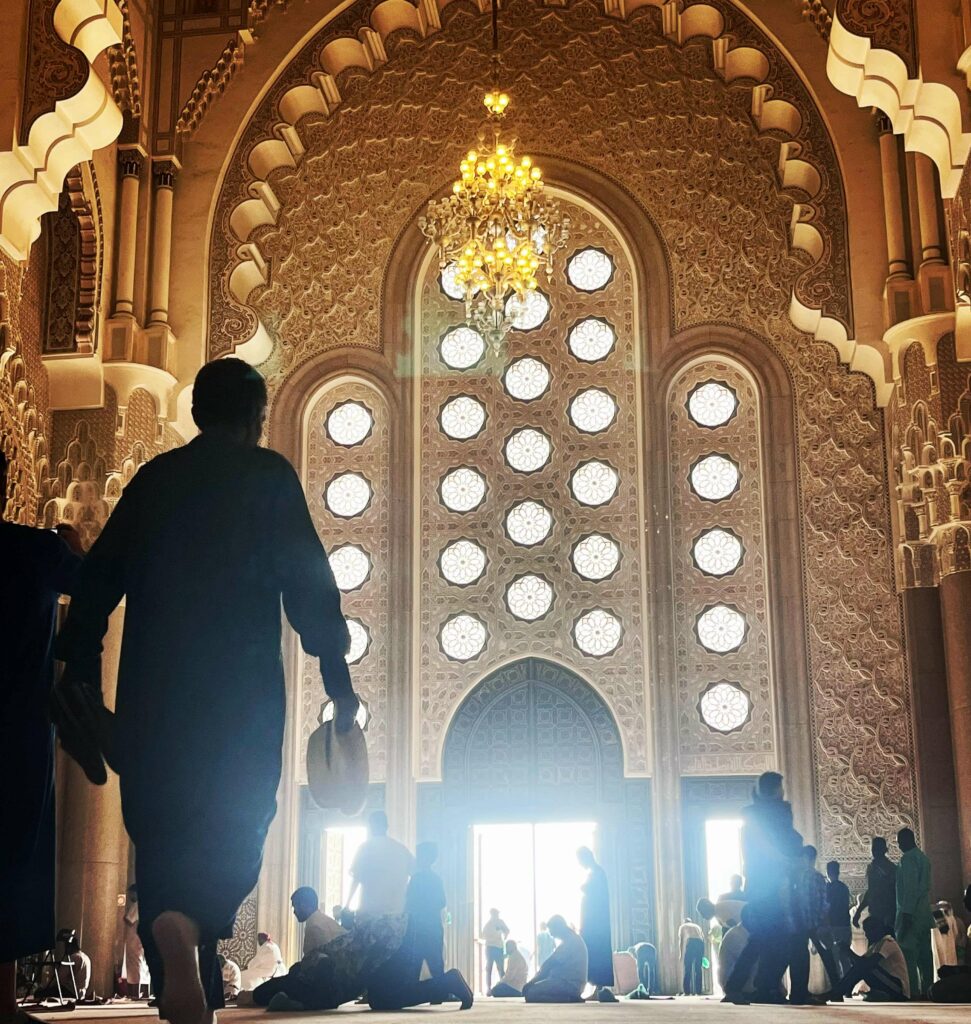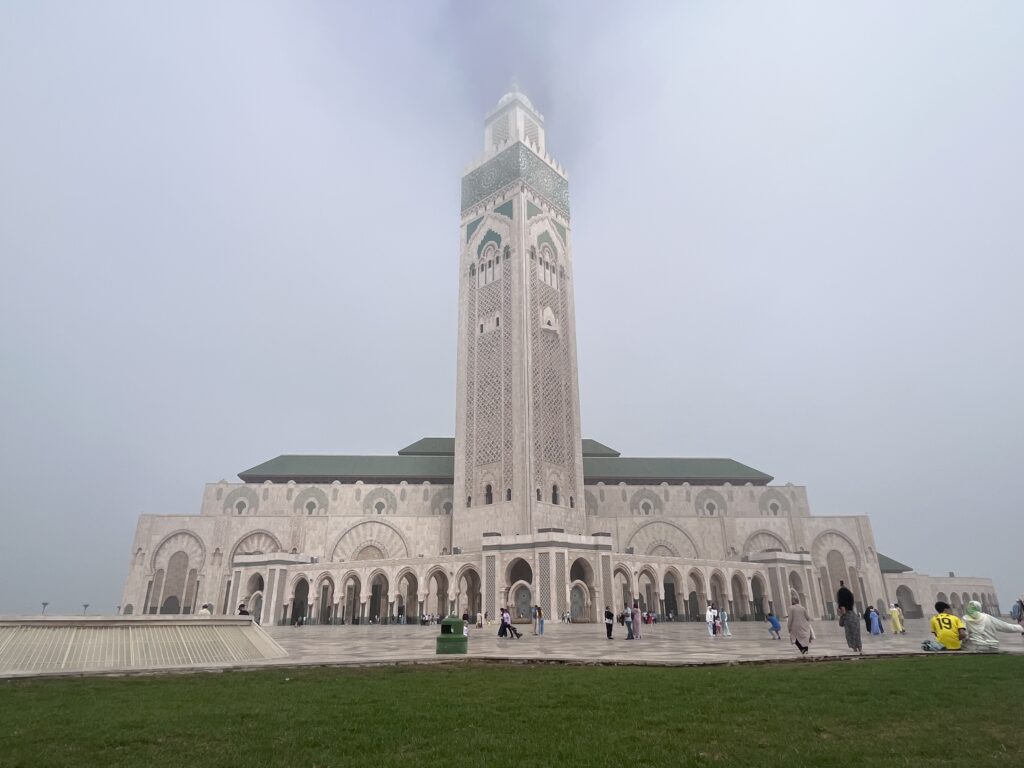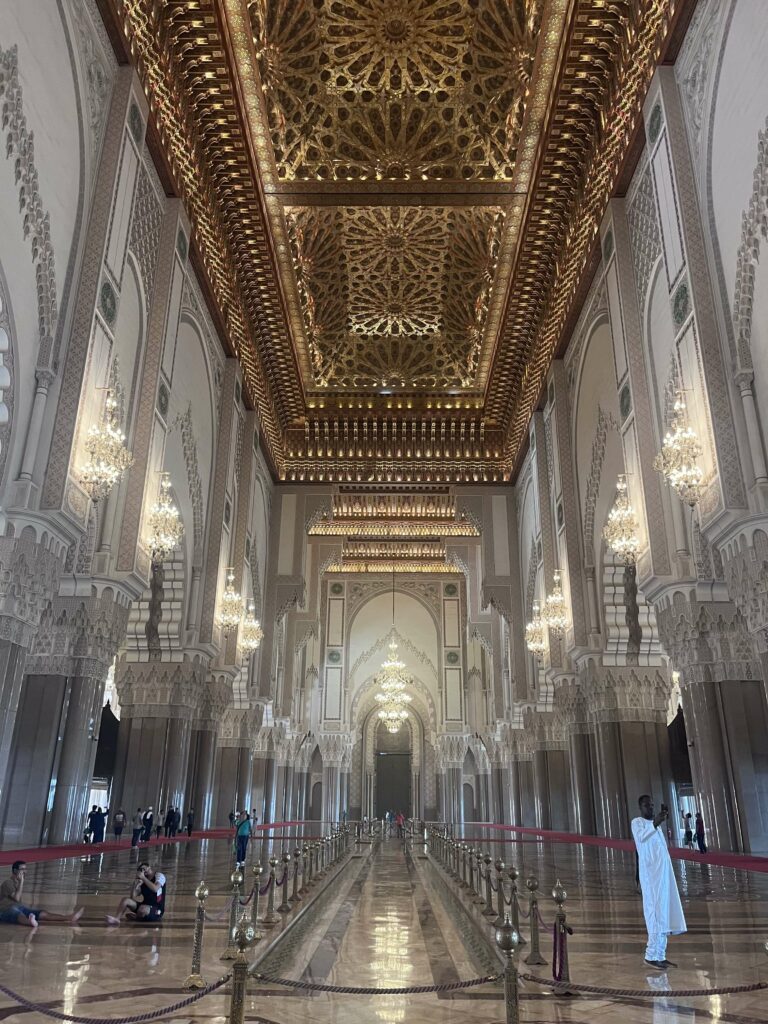Before coming to Morocco, I had more negative than positive experiences with Moroccans in Europe. This trip flipped my perception 180 degrees, turning me into a fan of the country and the countrymen (including countrywomen for our feminist readers among you). They were mostly kind and sincere people. Compared to Egypt, I found more quality services in Morocco. I always felt very welcomed, especially when people came to know that I am Egyptian. The two countries share a history rich in culture. I also noticed that the rate of obesity is not as high as in many other Arab countries (and definitely less than in Germany and England, for example). To my surprise, the local cuisine does not have a lot of carbohydrates. It is hard to find a dish that is served with rice, and the cuisine in general had lots of meat and vegetables.
I arrived in Rabat on a Saturday, just in time for the Liverpool vs. Tottenham football game. A local taxi driver guided me to a rooftop terrace crowning a fancy-looking hotel, where a simple espresso costs 5$. The other clients were mostly couples enjoying romantic dates. Joining me in a non-romantic way were Mirjam, a new local friend she had made, Sufian, and two fellow young travelers from Ireland and Colorado that she had met at the hostel. We exchanged travel impressions and suggestions, a great way to refine your trip-plan on the fly.
The Colorado traveler, Braeden, had taken the opposite route, starting in the north. He visited Chefchaouen, the famous blue mountain village known for its reputation in weed production. Surprisingly, he was disappointed by the quality of the weed in comparison to Colorado, where marijuana had been legalized around a decade ago. It seems they’ve likely perfected the art of growing weed using scientific methods, research, and development.
I left the crowd after the game and headed to my accommodation in a local riad in the old town. Moroccan riads are traditional, elegant residences with distinctive architecture, often centered around a courtyard or garden. They are renowned for their intricate tilework and Islamic decorations.


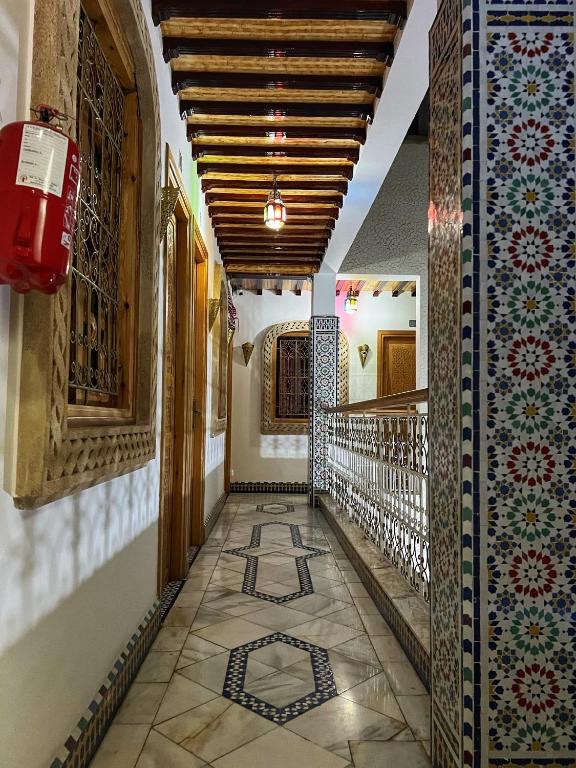
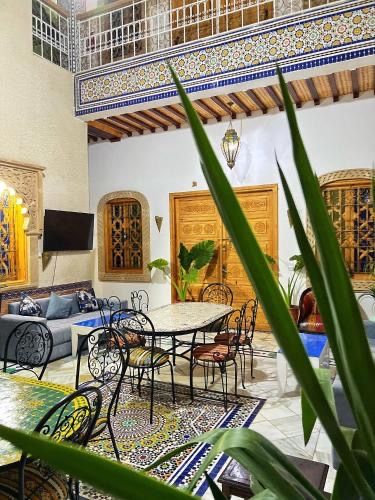
***
Rabat showed me a different side of Morocco. Its clean, wide streets were lined with perfectly aligned palm trees and featured many beauiful architectural constructions. I went to meet Sarah, a Moroccan architect who had spent six years in the United States pursuing her MBA and managing some exciting projects in DC. We had a lengthy walk in the suburbs of Rabat, near the king’s palace and a golf course.
The highly intelligent and talkative Sarah shared valuable insights about Moroccan society, the economy, and politics. A significant portion of the economy is based on mining, particularly phosphate mining, with Morocco holding the world’s largest phosphate deposits, comprising 75% of global reserves. I was charmed by her liveliness and her fluency in four languages. She expressed her intention to leave Morocco after a few months to explore new life perspectives.
Following our walk, we enjoyed a cozy lunch with more conversations. Then, Sarah volunteered to drive me around Rabat in her white Fiat 500. We drove through the streets of Rabat as she pointed out different landmarks, including the new, under-construction Hassan VI’s tower and the soon-to-be-operational magnificent Grand Theatre of Rabat, designed by the late, great British-Iraqi power woman and renowned architect, Zaha Hadid. I made a promise to myself to come back to Rabat.
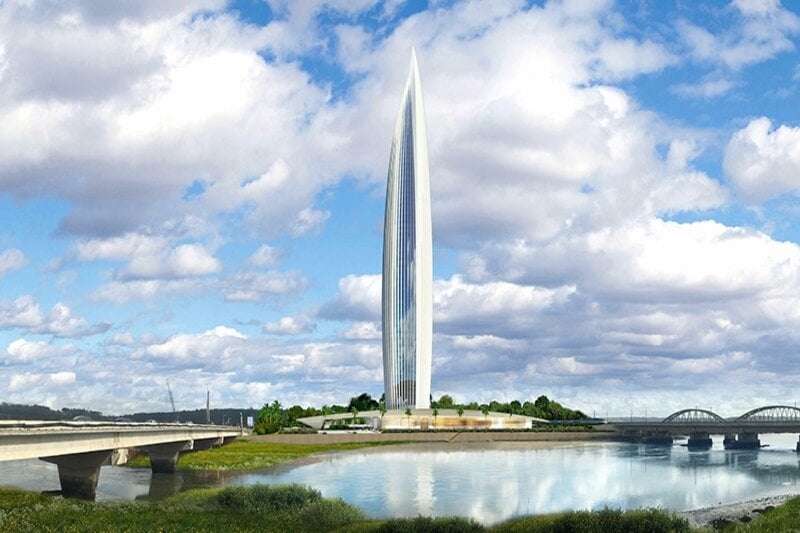

After saying goodbye to Sarah, I attended a local afternoon Latin party for some social dancing, where I was impressed by the excellent local salsa dancers, surpassing those in other cities. Soon after, I had to depart after nearly 24 hours in Rabat to catch my train to the historic town of Fes. At the train station, I discovered that the train was delayed by 2 hours. I hummed some thankful prayers for the taken-for-granted Swiss railways company, and spent my waiting-time reading.
